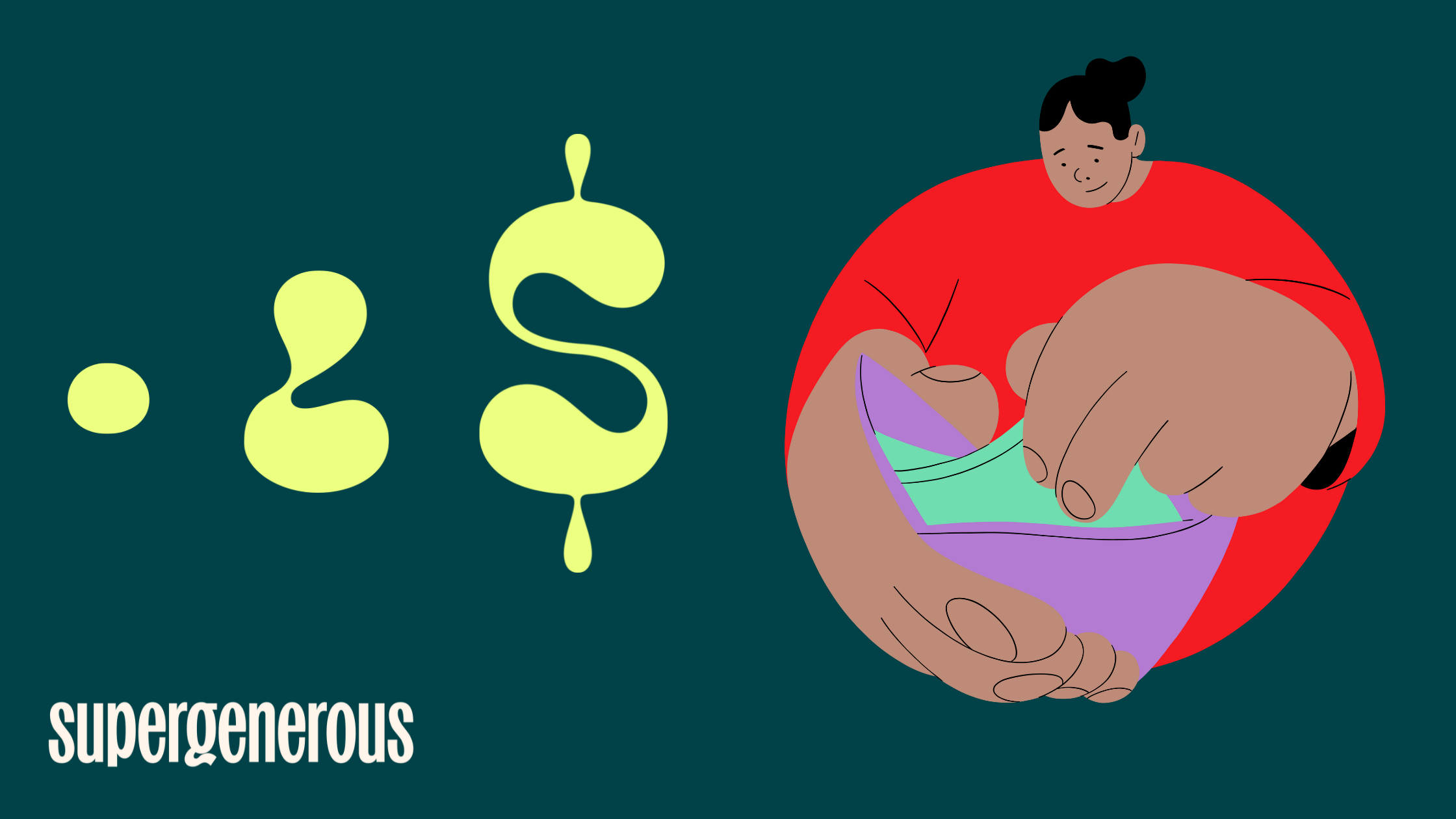5 Myths About Charitable Giving

The team at Supergenerous are lucky enough to speak with charities across New Zealand everyday, sharing in their successes and supporting them with their fundraising struggles. During these conversations, we noticed a recurring theme - the various myths about charitable giving that seem to dominate a lot of discussion in the not-for-profit sector. So, we thought we’d address a few of these in a blog post, aiming to challenge traditional thoughts about charities and shine light on the innovation happening in the sector.
Myth #1: Small donations don’t make a difference
As the saying goes, every bit truly does count! Whether you have $5 or $60, it’s amazing what this money can do when combined with thousands of other small donations across the country.
“Well, if a small donation makes such a difference, why do charities always ask for monthly donations?”, we hear you ask. This is not because your one-off donation is insignificant, but so they can effectively forecast the support they offer. Just like for-profit businesses, recurring revenue (or donations, in this case) means charities have more certainty about their spending. For example, knowing they have roughly $10,000 a month to make a difference in the community, rather than not knowing how much will be coming in, allows for better planning and allocation of resources. They won’t say no to your one-off $5 donation, but if you are able to split $60 across 12 months instead, it’s very beneficial to the charity.
Myth #2: Donations mainly go towards paying charity staff
Charities work very hard to keep overheads low. For those that dedicate their careers to serving the community in a not for profit, they need and deserve to be paid a wage, the same as everyone else. Most of the charity work in New Zealand is carried out by unpaid volunteers, who don't feature on the charity payroll at all.
Let’s paint a picture – you donate $1,000 to your favourite charity each year. You want intelligent people utilizing that money to the best of their ability to make the most impact. Do the most talented and experienced executives and employees you know work for free? Of course not! The point we’re making is although a percentage of some donations go towards paying salaries, it’s so the charity can be more effective and ultimately, do more good by having great people in their team. If you’re interested in what the split between your donations versus charity overheads is – we’d encourage you to reach out and ask! What you’ll find in most cases is charities working hard to keep costs down while maintaining a decent standard of living for their people.
Myth #3: You can’t see the impact a donation makes
While 10 years ago this may have been true, modern technology has resulted in charitable organisations being able to track donations better than ever. Impact reporting has become a staple for many charities, with donors looking for transparency and the ‘feel good factor’ of knowing how they’ve made a difference.
The sector is also innovating at a rapid pace, with many charities allowing you to choose the specific initiatives you want to donate to. This giving is then followed up with updates and case studies so you understand exactly how your money was put to use. Our recent blog post on giving smarter mentions some epic charitable organisations putting impact at the forefront of their purpose. Check it out if you haven’t already!
Myth #4: Charitable giving doesn’t benefit the individual
We get it – some people are not motivated to give based on the impact of their potential donation. “What about me?” you may ask, “I have lots I could spend that money on!”.
What if we told you that spending money that benefits someone else provides more personal satisfaction than if you spent it on yourself? Well, that’s exactly what Harvard Business School professor Michael Norton found in a study he conducted. Going back to myth one on our list, he also found that it didn’t matter how little you gave, as the benefits are the same! So not only do small donations make a difference, but they also boost your happiness. What’s not to like? You can check out Professor Norton’s TED talk here to learn more.
Myth #5: Charity is a temporary solution to problems the government should fix
How great would it be if our taxes took care of every need in society! One problem, people may not be happy with how much money that looks like each year. While there are areas of improvement for most governments, the reality is charities work alongside our institutions rather than in opposition.
The great thing about donating your own funds to charitable organisations is that you get to choose the causes you care about - whether that’s the environment, research for cancer, food scarcity or mental health. If the government made all these decisions, chances are there would be widespread disagreement about the allocation of spending . Donating to charity also enables you to have a global impact, supporting those in need regardless of whether the cause would receive support from your home government. Our point is that governments and charities can co-exist and effectively work together to address some of our world’s most difficult problems.
Already a charitable donor and thinking to yourself, “I knew all of that”? Then perhaps it's time to supercharge the impact of your giving instead. If you’ve donated at least $5 to a registered charity in New Zealand over the last few years, then you may be eligible for a donation rebate. Supergenerous exists to help you with the claiming process and enable the regifting of your rebates to the charitable organisations you care about. So if you want to give more without reaching for money from your wallet, sign up here and help supercharge the impact of human generosity in Aotearoa.
.png?width=4912&height=1481&name=SG_Logo_RGB_Green-02%20(2).png)

